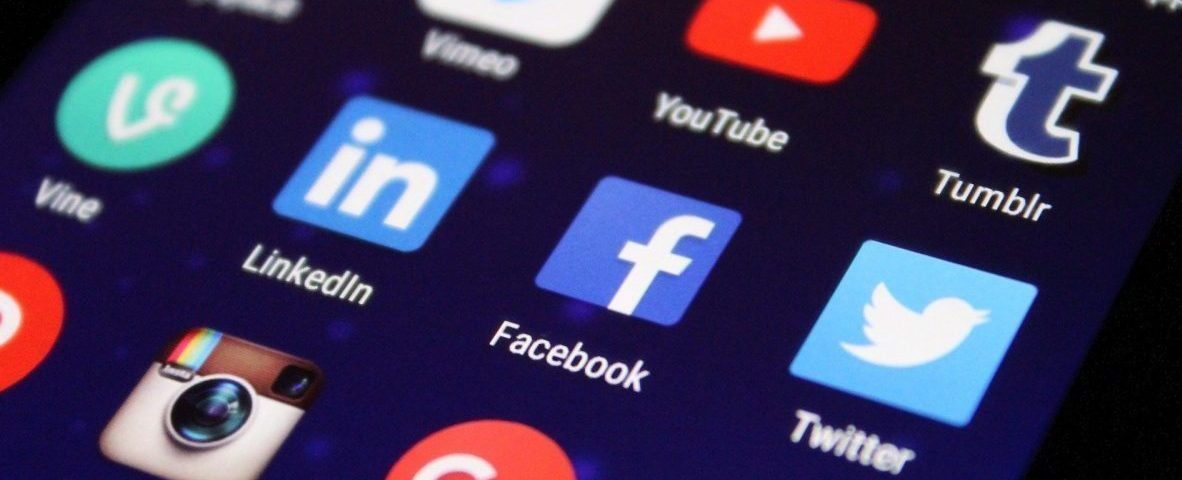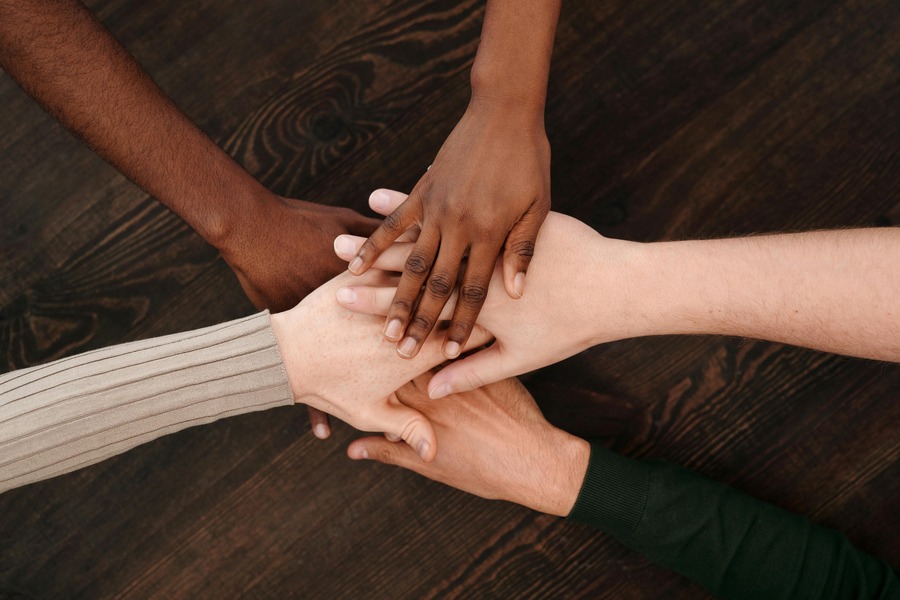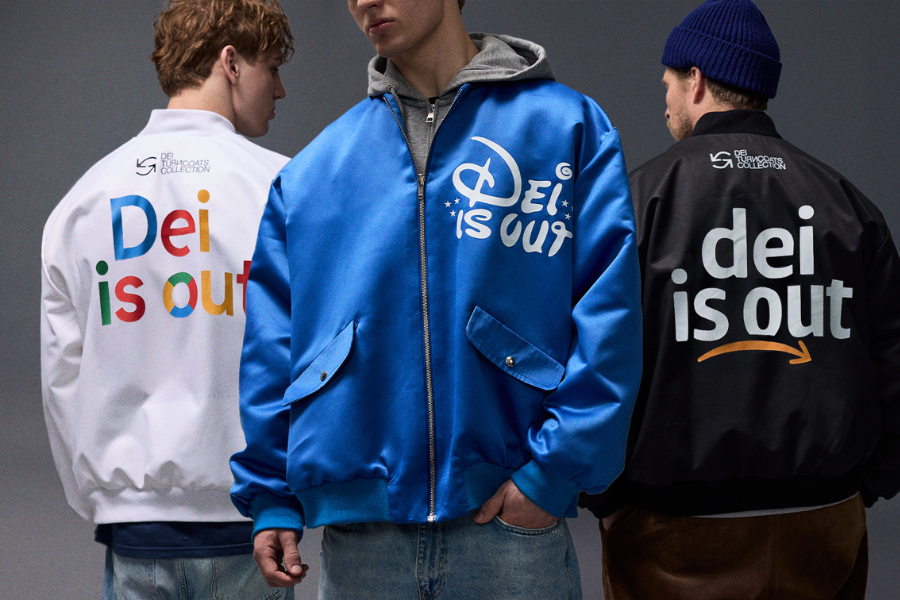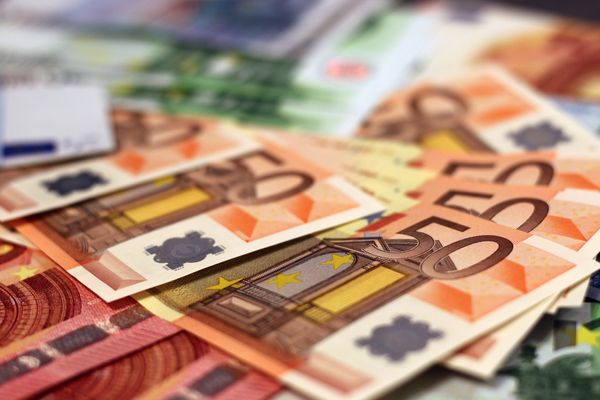
EU Response to COVID-19: What support for Charities?
May 6, 2020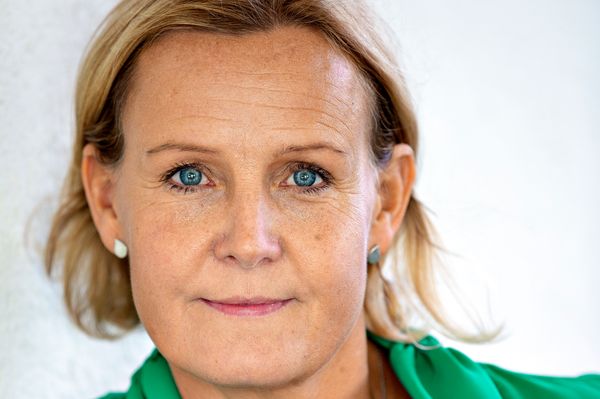
Your Voice: Using Facebook for fundraising
May 6, 2020With so many traditional fundraising channels off the cards due to social distancing, charities are turning to digital to generate funds and appeal to new supporters. Five fundraisers, hailing from nonprofits that include a cloistered nun monastery in Italy to a humanitarian hunger-relief charity in France, share their stories with us.
Never before have charities in so many nations had to collectively abort their fundraising strategies and return to the drawing board to identify new ways to reach supporters and new messaging to be conveyed to the public.
During the global health crisis, face-to-face fundraising markets and mass fundraising events have been closed down, the ability to fundraise by mail and more is heavily limited. Unsurprisingly perhaps as the public’s use of the internet soars, charities are increasingly turning to digital channels to communicate with supporters and beneficiaries, offering their expertise and assistance, and to appeal for funds.
Facebook has announced record usage by consumers globally, particularly in nations where the coronavirus has hit hard, and the GlobalWebIndex reports that 45% of consumers globally are devoting more time on social media and messaging apps.
How have fundraisers changed their strategy to make best use of digital channels during lockdown and what does this mean for the future?
Digitising nuns and a monastery
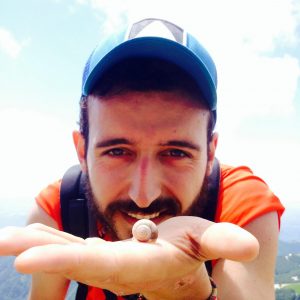
Michele Messina, Santa Rita da Cascia Foundation
Michele Messina, digital fundraiser at Santa Rita da Cascia Foundation (Italy)
Being a digital fundraiser for a cloistered nun monastery usually means that we get to take each digital innovation one step at a time, but not now. We’d been working on a two-year plan to graduate slowly to digital channels. The emergence of the virus has sped up our processes exponentially, leading the monastery and the nuns to digitise quickly.
When the coronavirus took hold, there was a great desire amongst the nuns to reach out and communicate with pilgrims, those who were unable to go to the basilica to pray.
So, we introduced Facebook and YouTube live shows. For the first time in centuries, our nuns can speak directly with religious devotees at home, sending them messages of love, hope and prayer.
Thanks to a simple landing page, which we made available in five languages, supporters could make a donation and download our pilgrim kit. This has enabled devotees to feel close to Saint Rita and supported in prayer by our nuns, while staying safe at home.
This relatively simple digital fundraising drive has had a huge response. Our pilgrim kit was downloaded over 2,000 times and our supporters have felt deeply connected with our work. What’s more, the nuns have been delighted to see how engaged and supportive the public are.
The virus has led us to transform our supporters’ physical connection to the monastery into a virtual one. This has been an unexpected opportunity to change and expand what we do, broadcasting valuable content and growing our supporter base.

Investing in digital ads, an online challenge event and more
Ayman Agabani, interim communications manager at Muslim Hands (UK)

Ayman Agabani, Muslim Hands
Speaking from a fundraising perspective, the pandemic has radically changed how we now operate. All of our outdoor advertising campaigns have been shelved until 2021, all events have been postponed, and our events team staff have been reallocated to the contact centre.
But we’ve raised our investment in digital ad campaigns – particularly pay per click and social ads – and have increased our use of live streaming for information sharing and appeals. Facebook has been a really popular and effective channel for us. Essentially, we feel it’s time to become more aggressive with digital, increasing our spend, but we’re careful to spread a message of hope, not fear, to our supporters.
For team communication we’ve been trialling a variety of services, with Zoom being a clear favourite. The shift to work from home hasn’t bought too many issues, but saves time on the morning commute! To support our online fundraising, we’ve tested and are using tools such as online chat for our website and brand listening tools to monitor the effectiveness of our PR.
Inspired by some of the innovative challenges we’ve seen online, we’ve also set up an event that donors can carry out at home called ‘Step Up For Hope’.
We’ve also developed two new fundraising microsites: The Best 10 Nights, which allows supporters to split their donations over the last ten nights of Ramadan depending on how they want their money to be spent and by donation level. Great Charity Gifts will launch shortly as a new home for our range of charity gifts.
Thankfully, our Ramadan campaign has been going really well. The Muslim community understand the power and importance of giving, and the pandemic and its economic implications haven’t stopped them from helping those less fortunate.
Once the pandemic has passed, I can see a shift in increase of remote working, plus a greater emphasis on online fundraising activity. This will make the space much more competitive, likely driving up costs but rewarding innovation.

Combining digital with telemarketing
Vincent Crehalet, director of individual giving at Action contre la Faim / Action for Hunger (France):
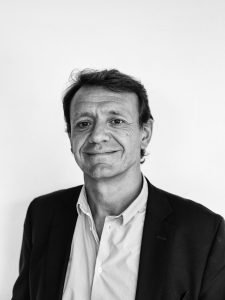
Vincent Crehalet, Action contre la Faim
As soon as the coronavirus became a serious threat in France, we changed our marketing plan. We thought the main affected programmes would be direct mail and face-to-face, which typically accounts for half of our donor acquisition, so digital and telemarketing seemed to be the most strategic channels for our fundraising. We invested in search engine advertising, display advertising and emails, appealing for one-off donations and aiming to generate leads for new regular donors.
We wanted to communicate transparently and with empathy. In our first email, we focused on taking care of our donors, including what they could do to protect themselves from catching the virus and highlighting the threat to our fundraising. Since then, we’ve sent one email per week about COVID-19 programmes in France and internationally.
Recently, we tested a cold email appeal and that’s going well. We’ve also intensified our conversion leads telemarketing programme to attract new regular supporters, which has had some great results. Most of our leads have come from Facebook ads and Facebook petitions. Currently, the profitability of this approach is comparable with face-to-face regular donor acquisition and the volume of leads is becoming more and more sizable.
Online donations have risen considerably during this time. During April, we saw a 110% increase in one-off donations on our website compared with April 2019. We’ve also had many new regular donors signing up directly on the site.
This is not that surprising; we have seen digital fundraising work very well for emergency appeals in the past. What is new, from my point of view, is the rhythm of donations. Usually, during a massive and high-profile crisis, we see a spike of donations as soon as the information is relayed in the medias. But since the crisis hit France, we have seen a regular and continuous stream of donations. Donors seem to act with less impulsiveness and more consideration.

Record-breaking crowdfunding appeals
Andrzej Pietrucha, fundraising & marketing consultant at Fundacja Akademia Organizacji Obywatelskich / the Academy of Civic Organizations Foundation (Poland)
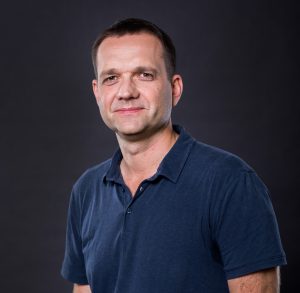
Andrzej Pietrucha, Fundacja Akademia Organizacji Obywatelskich
Fundraising in Poland still feels relatively new compared to the Western parts of Europe and we’re battling a lack of understanding around why donors should support those in need through charities, which also results in poor NGO brand recognition. People generally want to give directly to the cause or to buy something tangible like masks for use in hospitals and they don’t feel the need for institutions to be involved. So, crowdfunding platforms have become a popular way to give, particularly during the crisis.
Siepomaga Foundation, which runs the popular Siepomaga crowdfunding platform, raised almost €5.4 million to support Polish hospitals with the medical supplies in just a few weeks: an enormous amount for such a short, single campaign in Poland. Surprisingly, it is much more than any other traditional, embedded Polish charity has managed to raise over this time.
Emergency situations are often the catalyst for philanthropy. And there certainly seems to be a greater sense of community and civic responsibility now, with people responding generously and giving what they can. The challenge is that charities aren’t always clear how best to harness that. Public collection is usually the main form of donor recruitment, and that’s not an option now.
If we look at fundraising communications these days, in some cases it seems that fundraisers have ignored the coronavirus, sticking to their usual messaging, while others have stopped communicating altogether. But now we’re seeing more charities adjust and demonstrate the relevance of their work to the crisis.
Poland has been the only market in this part of Europe where the Facebook Donate button was used and social media platforms have become increasingly important. The Great Orchestra of Christmas Charity – the cancer charity, Rak ‘n’ Roll and others are making great use of digital channels to reach new supporters and engage them with their work, delivering record-breaking campaigns.
Most Polish organisations don’t yet implement planned, relationship-based individual fundraising on digital or other channels. Therefore, those who invest wisely in digital and plan now may benefit a lot in the future.

Growth in direct donor acquisition on digital
Dani González, founder & executive director of dgtl Fundraising (Spain)
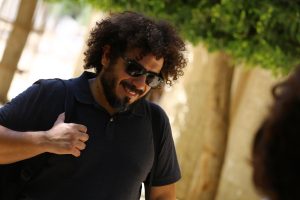
Dani Gonzalez, dgtl fundraising
Probably the most noticeable change we’re seeing is in acquisition. Here in Spain, face-to-face is our most successful channel for acquisition and, because we’ve been in strict confinement and the face-to-face market has been closed during that period, charities have turned to digital and telemarketing to attract donors. Both seem to be working very well as there’s a strong sense of solidarity among the public – they want to donate, to collaborate and to help. And, generally speaking, we’re seeing that they have more time to talk and engage.
But it’s very difficult to make a full switch from traditional fundraising methods to digital in just a matter of weeks, so it tends to be those charities that have established a strong digital presence that are best able to mobilise their supporters in this way.
Email marketing is being used more widely to drive acquisition for charities, cultivating supporter relationships and driving digital revenue. We’re also seeing more success from direct donor acquisition from Facebook. I suspect this is largely because there’s much less competition from advertising right now, so it seems a little easier to attract and convert supporters. Throughout the crisis, SMS has also remained a strong channel for charities in Spain, with organisations like UNICEF reaching out and then converting supporters through telemarketing.
When it comes to the future, I do think there will be more progress in digital, but I don’t think we’ll see a radical transformation overnight. Digital can’t compensate fully for the loss of revenue. Charities’ plans and budgets have been drastically affected and acquisition is more important than ever. We need a wide range of fundraising channels to appeal to all supporters, enabling them to give in the way that best suits them.
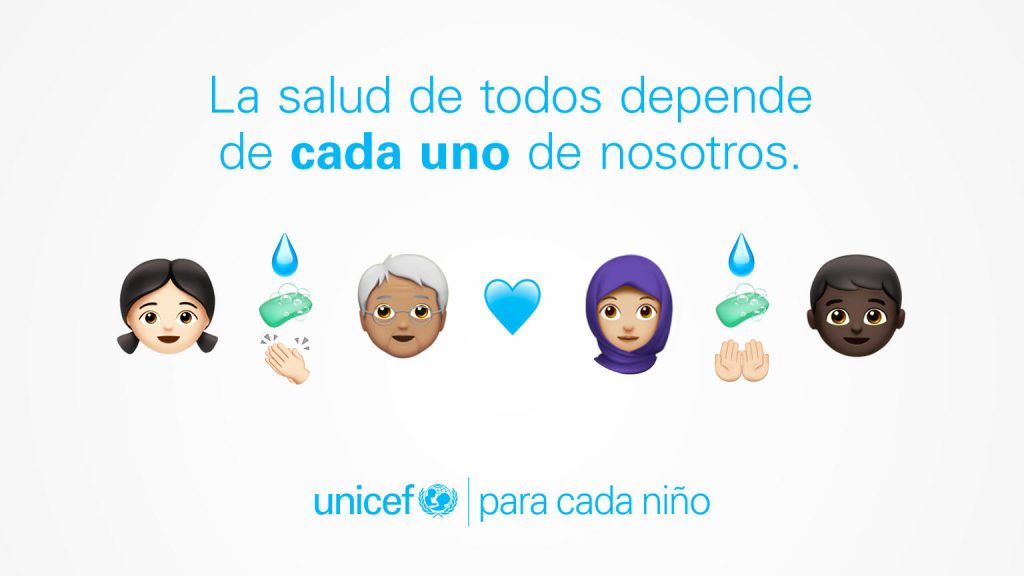
© UNICEF
Related articles: See EFA’s Coronavirus Hub and all articles tagged ‘Coronavirus’
